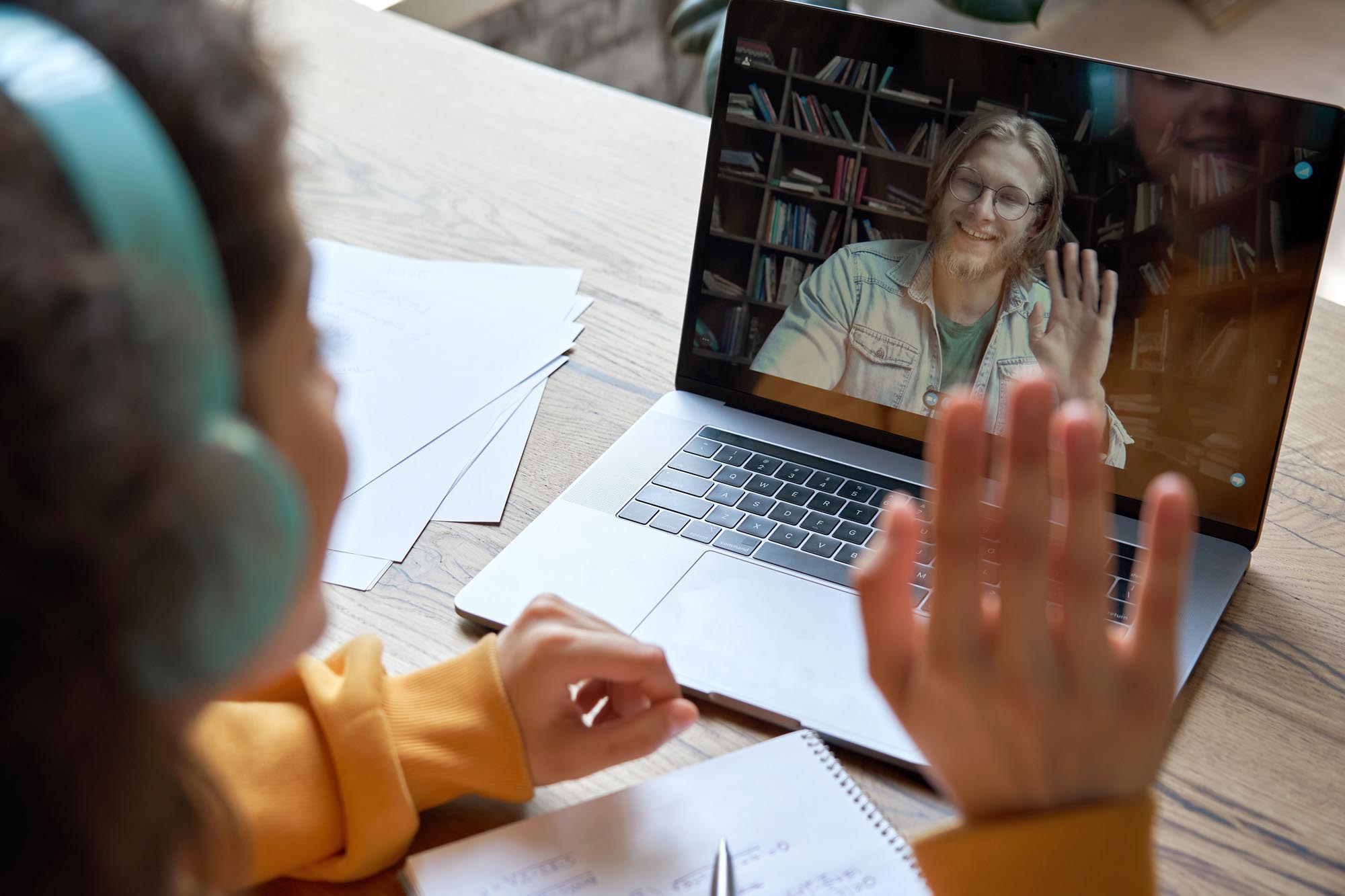In my previous blog post Three Positive Expectations for Online Learning Courses, I defined positive expectations as those that students can reasonably carry out to ensure a positive outcome for the course. Recently, a positive expectation for online learning presented itself to me that I previously did not give much thought to – the expectation that students have their video on during a lesson. Recognizing that this might be a sensitive expectation for some, I gave it some careful consideration and came up with the following reasoning behind my decision: having videos on during online learning courses increases comprehension among participants, enhances feedback on student pronunciation and strengthens a positive classroom atmosphere.
Have you ever given any thought as to why over-the-phone communication is difficult when second languages are involved? I have posed this question in previous ESL courses and students did not take long to generate answers. The majority of answers centered around the idea that in the absence of facial expressions and gestures, communication is not as strong as it could be. As obvious as it might be, it is easy to forget about it when entering an online platform, especially when the other participants have their videos on.
As learners in any capacity, feedback is invaluable. Therefore, if we wish to enhance language acquisition, instructors should be able to see the position of students’ mouths when focusing on pronunciation. A good example is the /l/ sound with Mandarin speakers. Sure, the instructor can explain that the tongue needs to be behind the teeth and then demonstrate, but they are not able to provide feedback in the absence of video. If one wishes to improve pronunciation, critique of the positioning of the mouth is critical.
Can it be denied that speaking to someone face-to-face is more engaging than speaking to a blank screen? Personally, I cannot deny the fact that having all students with their videos on makes for a more engaging lesson, which strengthens a positive classroom atmosphere. Students may not feel the need to turn their video on as they can see other students, but they might need to be reminded of the effect that their blank screen might have on the lesson dynamics as a whole.
Obviously, there might be some self-confidence cultural or technical issues that are behind why a student chooses not to have their videos on, and this blog is focusing on students who are not dealing with these types of issues. The goal for any online learning course should be to maximize learning potential, and I would argue that setting the expectation that videos be on can contribute and even be a game changer.
—
Ryan is an onsite and online English instructor for Workplace Languages. Ryan has been in the field of English language instruction since 2006 teaching, developing, creating and leading in a variety of settings including public school systems, universities and private institutions. In addition to language classes, Workplace Languages offers full-service translation, voice-over services, off-the shelf language learning products, and a wide range of customized language programs to help you close the communication gap at your company.




